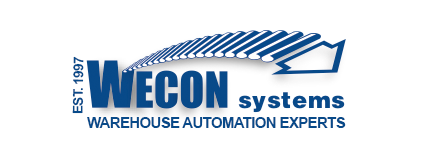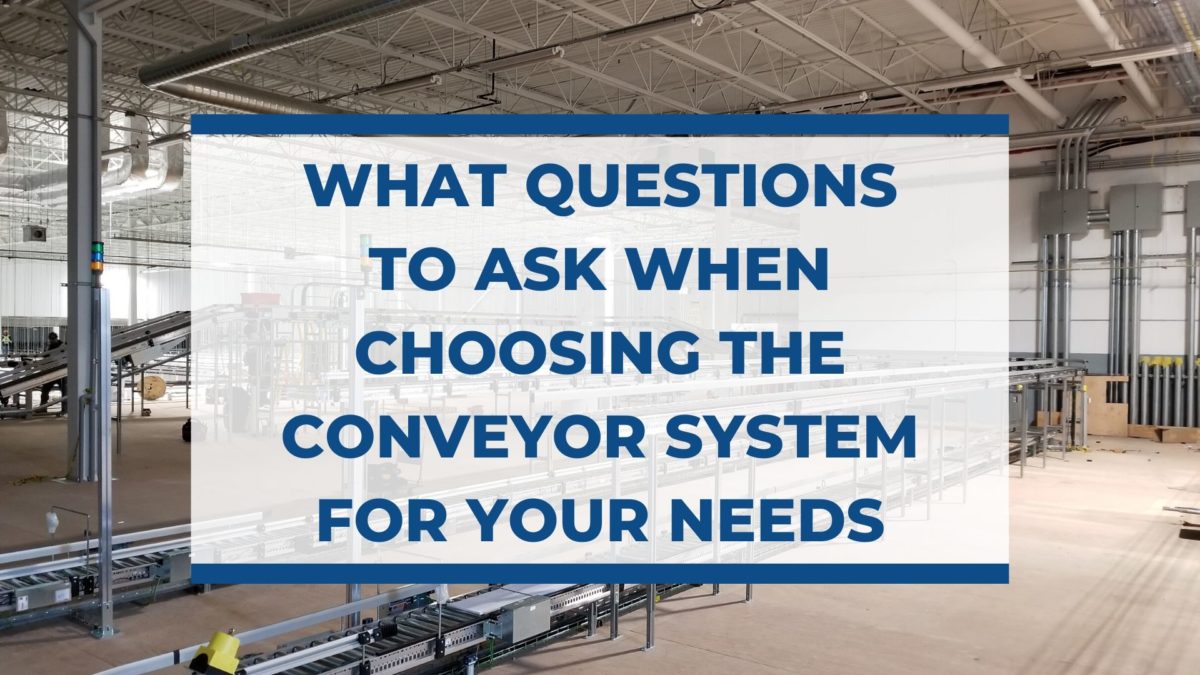To optimize the efficiency of conveyors, you must select the best solution to match your operation’s unique needs. So when you’re factoring in all the various choices and types of conveyors – power roller conveyors, gravity conveyors, belt conveyors, to name a few – things can get a little tricky. Let’s look at some key factors that can help you find the right conveyor system for your needs.
What type of conveyor do I need?
The first step in the process of conveyor selection is to decide which specific type of conveyor can provide the greatest return on investment. Although the actual mechanism varies from application to application (depending on organizational needs), you may want to start by taking into account the five most common conveyors (skate-wheel, belt, sliding bed, live roller, and accumulation). In general, the more knowledge you have about the essence of your load, how to handle it, where to send it, and how to connect your conveyor with other handling equipment or production machinery, the better. Load data and task goals should be researched and evaluated thoroughly when you begin the process of selecting conveyors. Don’t fall into the “start at the end” pit, where vital load and configuration information is overlooked, and the equipment is arbitrarily defined.
How do I integrate the conveying system into my existing operations?
When you have decided which type of conveyor will meet the unique needs of your company, you need to assess how the conveyor system can fit into the operations of your facility. It’s important to remember that one size doesn’t fit all, so you’ll want to understand your particular process – and how conveyor use will make it more efficient.
Tools such as CAD drawings, requirements, parts lists, justifications, and more will all help build a world-class conveyor system to enhance operations at your facility. When it comes to bringing the conveyor from dream to fruition, these sketches and concepts will prove instrumental in making sure all the information in the implementation of the conveyor are taken care of.
What do you need to test your new conveyor for performance?
Conveyor testing is a process that begins with an inspection of visual safety: are all security guards in place? Is there any point along the line accessible to emergency pull-stops? Was it easy to find and read the safety stickers?
From there, you’ll want to start with feature checking, load monitoring, error recovery, and “what if” scenarios (to see how the conveyor system responds to unplanned incidents, operator abuse, or worst-case scenarios). The simple concept is to make sure the conveyor is running at optimum efficiency now – and into the future.
Although a conveyor system is an expensive investment, it promises to make the warehouse operations more effective and reliable. You will benefit from optimized transport efficiency both now and in the future by carefully selecting the right conveyor type that meets the specific needs of your facility – combined with a comprehensive implementation and assessment process.
Ready to purchase equipment? Contact the experts at Wecon Systems to set up a sales consultation!

